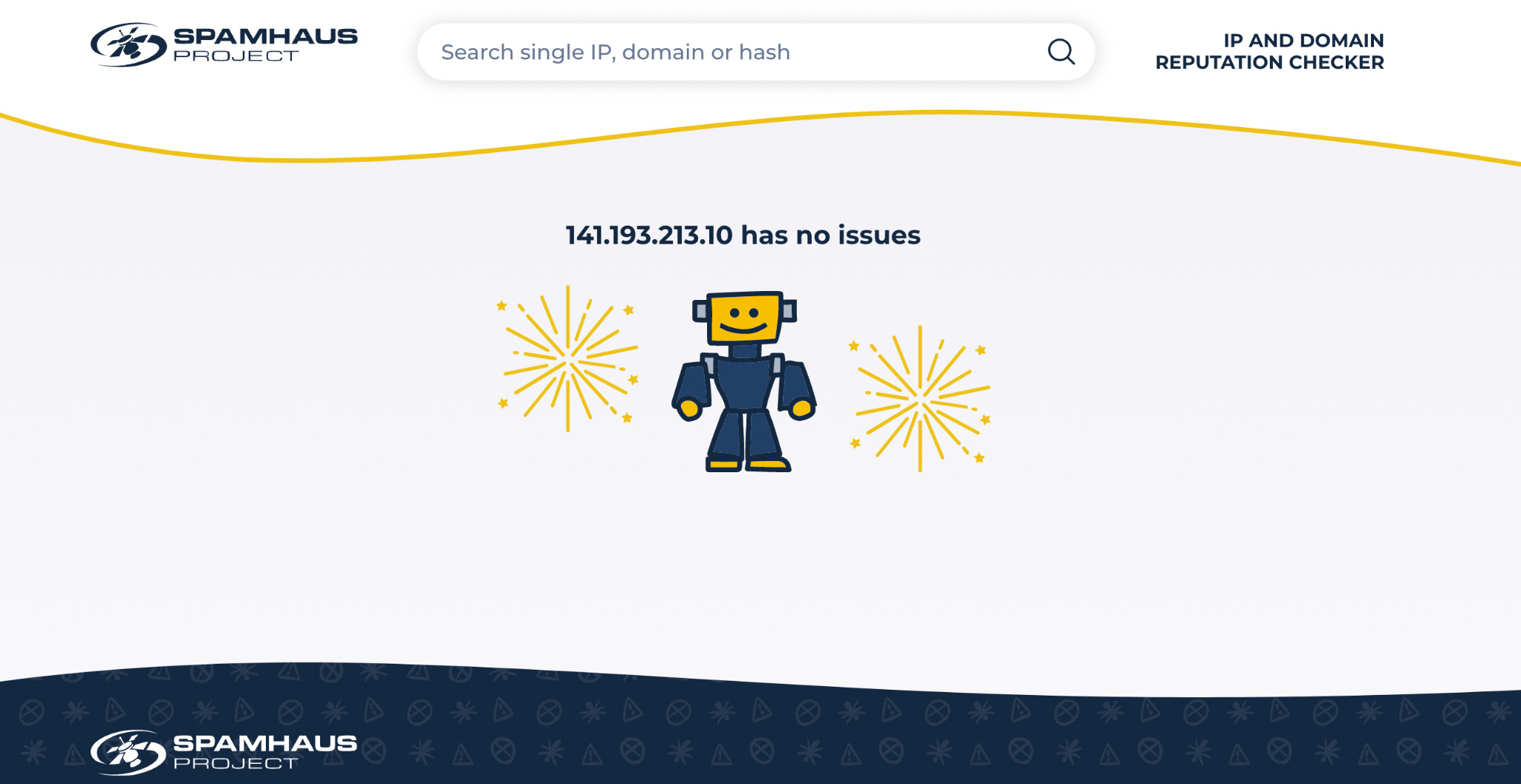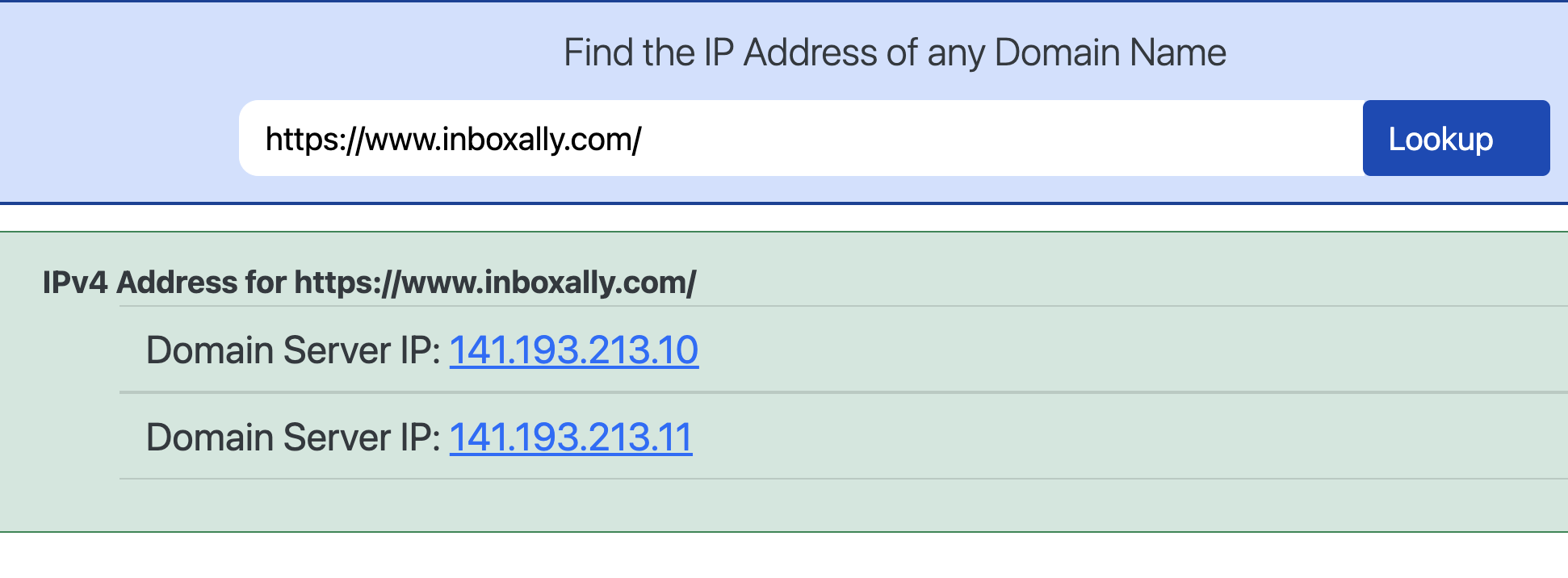ZEN Spamhaus is one of the most dreaded block listings that email and digital marketers face. Even the most sophisticated senders find themselves on the said block list.
Additionally, this can cause significant damage to their overall email program. Thus, the profitability of your campaigns is as well.
That’s why marketers find it scary. But you don’t have to; we’ll guide you to understand fully, give tips to remove yourself from it, and other means to reduce your risk of getting onto the Spamhaus ZEN blacklist.
What is ZEN Spamhaus Blacklist?
The Zen Blacklist is a database of IP addresses associated with malicious email traffic or spam. It also makes IP lookup simpler and faster.
The Zen Blacklist comprises four Spamhaus blocklists: the SBL, PBL, XBL, and SBLCSS. If ZEN lists your IP, you’ll be in one or more of the included Spamhaus block lists.
Generally, blacklisting applies to the practice of determining email spammers. These spammers are identified by the domains and IPs they use in sending emails. Then, they compile the data into a list, which email servers will utilize as a reference.
The 4 Spamhaus IP Blocklists
- SBL (Spamhaus Block List) – is a database of IP addresses that Spamhaus collects from spam sources. These sources include spam gangs, support services, operations, and spammers.
- Spamhaus PBL (Policy Block List) – is a list of end-user IP addresses. Spamhaus believes this list should not send unauthenticated emails to an internet mail server unless provided by an ISP for such customer’s use.
- Spamhaus XBL (Exploits Block List) – is a real-time database of IP addresses that compromises with sophisticated viruses and worms. It contains the worst of the worst hosts online, usually listing hosts that are part of fraud networks and multi-thousand spamming.
- Spamhaus SBLCSS (Composite Snowshoe) – This list is a part of the SBL. It lists IP addresses involved in sending low-reputation emails, emails with indications of abuse or unsolicited nature, and senders with poor list hygiene.
Spamhaus deems IP addresses listed in their lists to get involved in hosting, origination, or sending an unsolicited bulk email. Consequently, it won’t recommend emailing providers, like Gmail, iCloud Mail, and Outlook, to accept emails from you.
Importance of Delisting from Spamhaus ZEN
If you don’t delist your IP address from Spamhaus ZEN, your messages can bounce back instead of landing in the inboxes of your email subscribers. The bounced emails will even reflect an error, informing you that your IP address is in the Spamhaus database.
It’s also essential to get delisted as soon as possible so you can once again send time-sensitive offers to your subscribers.
Related: What Is IP Blacklisting
Corrective Measures: How to Fix it ASAP
Source: Getty Images/Canva
1. Blocklist Removal Center
Go to the Spamhaus Project IP and Domain Reputation Checker. Next, enter your IP address. The tool will show the data if your IP address is in one of their Spamhaus blocklists (SBL, PBL, XBL, and SBLCSS) and what you should do to have your IP removed.
2. Discover Why
The next step is determining why your IP address is on the list. Inclusion in the XBL or SBL is often because of a server security breach. It can happen because of these three primary sources of spam: contact forms, compromised user accounts, and compromised web applications.
Some contact forms have open text fields, which spammers abuse using bots in filling out the forms. When they send a copy of that message to both the submitter’s email and the notification addresses, it could create a problem.
As for compromised user accounts, they usually send over 1,000 emails. So, check if your server has unusual activity. Lastly, attackers target web applications like WordPress, to upload their spam tools to your system or send emails through that application.
You can use log analysis and malware scanners to identify security problems. However, whatever exploit method you use, you want to stop the spam before the next step.
3. Spamhaus ZEN Blacklist Removal Form
This step is vital for delisting your IP address from Spamhaus ZEN. What you have to do is request removal.
Spamhaus prefers that you send your removal request to your system administrator. The process of removing your IP address differs based on the severity of the listing and the list itself.
Although Spamhaus listings expire without you having to request removal, the expiration can last for six months. Therefore, sending a removal request is better so the Spamhaus team can review it. They may contact you for added information if needed.
They will also determine the issue and remove your IP address from the blocklist. In the meantime, monitor your email deliverability and take steps to prevent future listing. Always follow the Email Deliverability Best Practices.
Problematic IP Addresses
If your IP range often triggers the Spamhaus blocklist, you can’t speed up the removal process. So, you must contact the manager of a bigger netblock to work with Spamhaus.
4. Verify
For the last step, verify your Spamhaus blocklist removal by emailing them. That’s the easiest solution, or you can run the Spamhaus Project IP and Domain Reputation Checker again. The lookup tool should indicate that your IP is no longer on the list.
It looks like this:
Source: Spamhaus Project
Source: What’s In My IP
Its previous Blocklist Removal Center shows the color green in the lookup results, which means that the IP address is not listed in the SBL, PBL, or XBL.
What may Spamhaus or another blocklist operator request you to do to remove you? They may ask that you:
- Use a double opt-in subscription process in all or some subscriber acquisition sources.
- Resend a permission request to email addresses added after a specific date.
- Remove email addresses you obtained after a particular date.
- Consider ending a relationship with an affiliate or partner whose behavior led to your blocklisting.
Related: Blacklisted Email – Mistakes Happen: How to Get Off of Email Blacklists
Preventive Measures: How to Reduce Your Risk of Getting Onto the Spamhaus ZEN Blacklist
The remedies we shared above are effective but may only distract you from your original purpose. That is, running a successful email program. Hence, you should avoid being blocklisted at the start.
With that in mind, here are ways to reduce your risk of getting blocklisted on the Spamhaus ZEN:
Secure Your Server
Your sender reputation is closely tied to your mailing infrastructure. It will also be the building block for creating long-lasting relationships with your mail recipients and customers.
Therefore, secure connections protect your sender’s reputation and server from malicious actors. Utilize mail relay configurations and access controls so that the receiving mail servers won’t reject your emails in the future.
Remove Malware
Most spam emails originate from hacked or compromised email accounts. Hackers usually target multiple accounts on a server and exploit vulnerabilities using the same software.
So, a complete server scan is as important as finding and removing all infected files. You can reset the password of compromised accounts so they won’t mistake you as someone sending spam.
Work With Your Internet Service Provider
Another option is to work with your ISP. Remember that all ISPs operate logically, following algorithms and further elaborating rules to determine if a message is legitimate.
The good news is if an ESP has a good relationship with an ISP, the ESP can sometimes explain why they’ve made a mistake. Ultimately, this good relationship improves deliverability for a legitimate email’s sender and receiver.
Grow Your List Organically
Another common way email senders land on a blocklist is through spam traps. By practicing good email list hygiene and growing your email list organically, you can avoid spam traps and eventually stay off the block list.
Proactively Monitor
Observe spam trap hits, complaint rates, and bounce rates. Once you see unusually high numbers, fix the issue before you get listed on the Spamhaus ZEN.
Additionally, the most effective way to reduce your risk of getting onto the Spamhaus exploits block list is to resolve any issue before it escalates. You can ask your technical account manager and the email service provider for assistance if needed.
Summary
Unsplash
It’s common for a server IP to get listed on a Spamhaus because of spamming. If your IP gets added to the block list, immediately follow our corrective measures.
And yes, sometimes, removing from a blocklist is as simple as requesting to remove your IP address. Spammers don’t bother contacting blocklist operators because they target another domain or IP address.
So, don’t be afraid to contact the blocklist and let them know you’re a legitimate sender.
The Spamhaus team also wants you to know as an email marketer that they don’t want to ruin your day. So, they set their database up to catch and stop the spammers. By making inboxes spam-free and safe, Spamhaus is also on your team, connecting with your subscribers.
Finally, if you want to stay out of the Spamhaus for the long term, follow the preventive measures we shared above.
Need help staying off blocklists? See how our platform makes repairing and increasing deliverability on any IP or domain easy.



